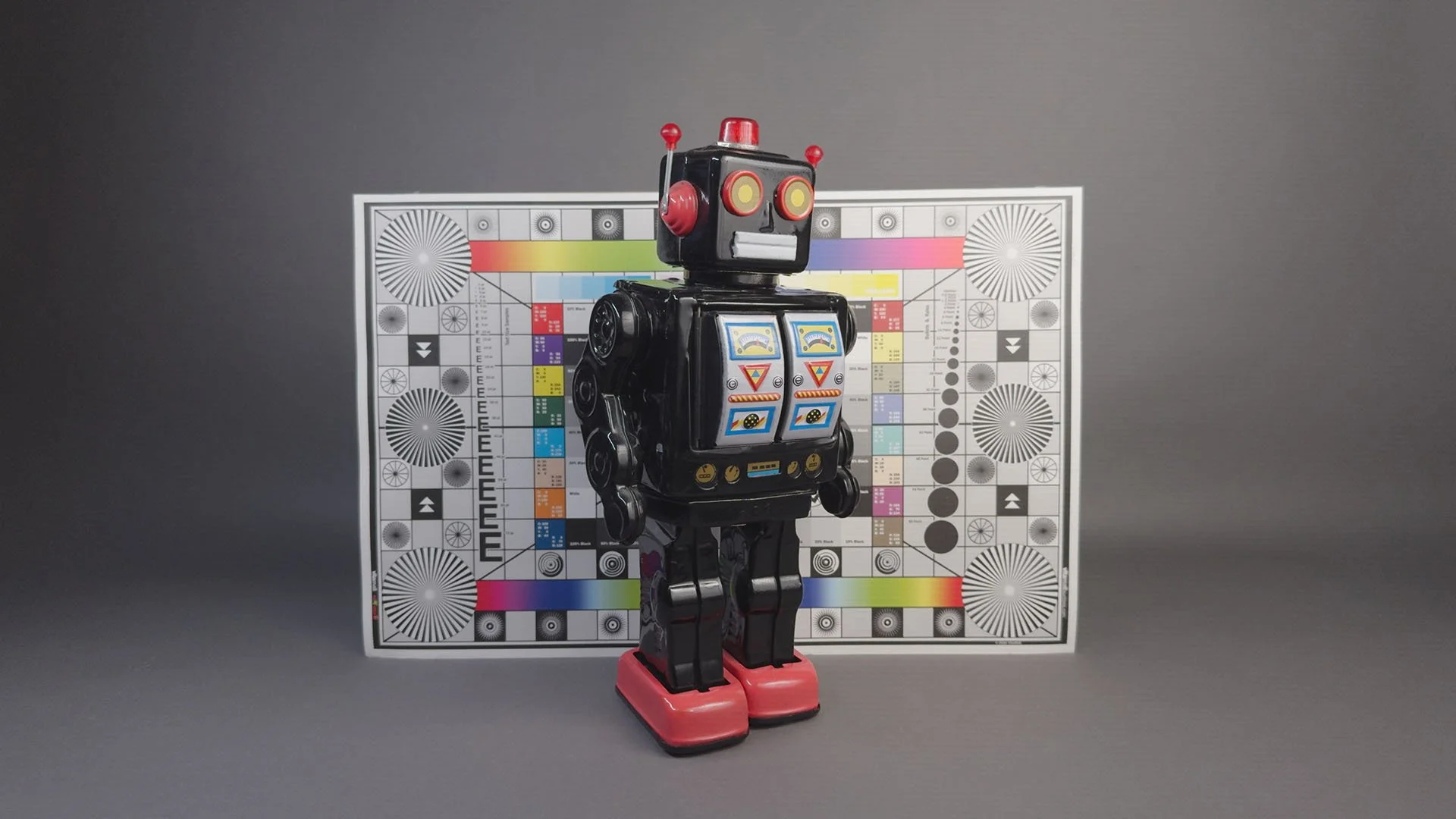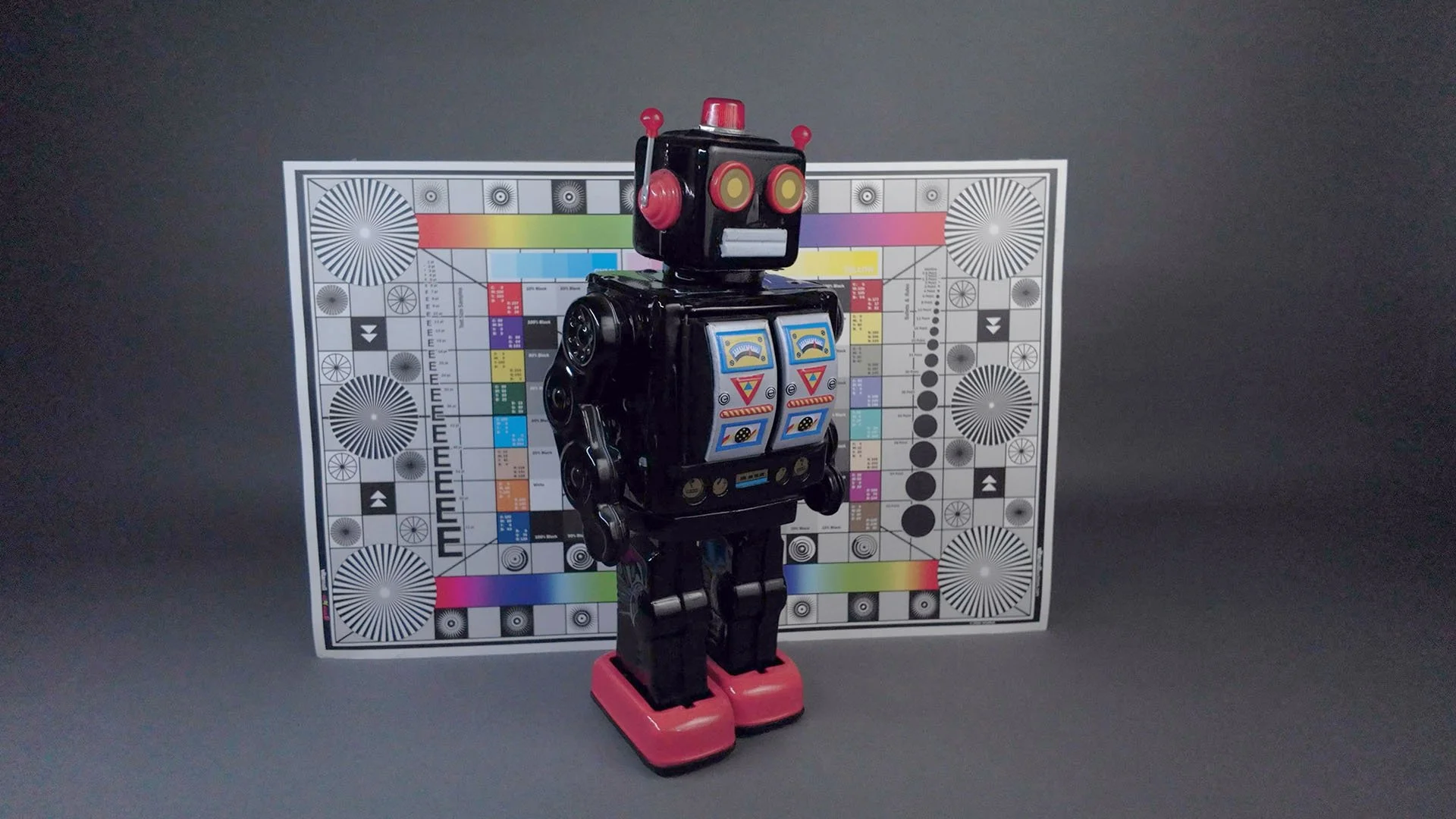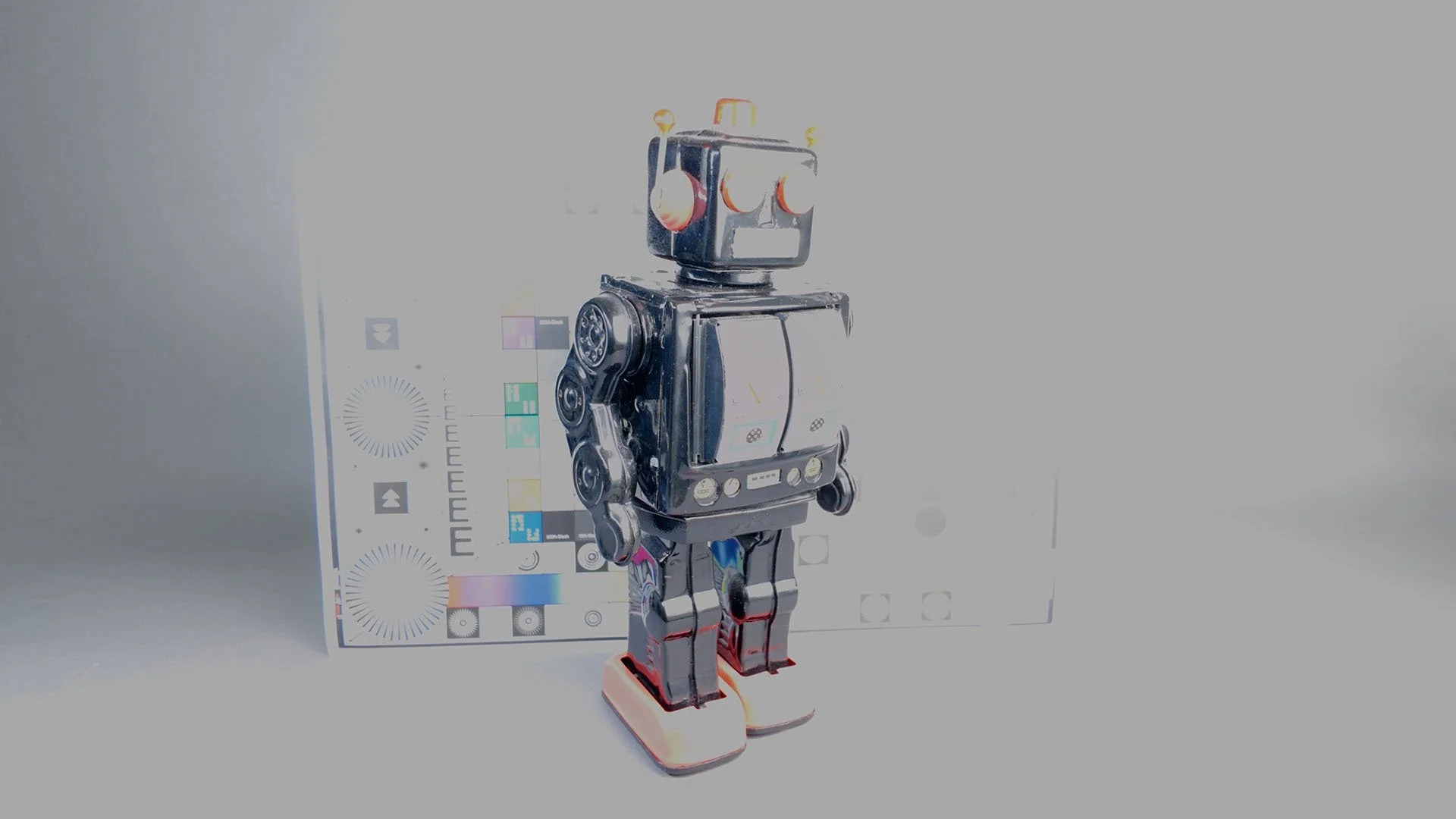Apple Log vs DJI Osmo Pocket 3: The Best Pocket Video Camera?
There’s a saying: “The best camera is the one you have with you.” And these days, we all carry capable photo and video cameras in our pockets — our phones. Smartphone cameras have come a long way in recent years, but one of the biggest limitations to image quality, beyond sensor size, is processing.
Phone cameras rely heavily on digital algorithms to stretch dynamic range, reduce noise, add sharpening, and brighten faces. Sometimes this works well, but often it results in an overprocessed, artificial look.
In 2023, Apple introduced Apple Log, which strips away most internal processing — much like professional cinema cameras — and gives users far more control over the image. We decided to test Apple Log and compare it to another pocket-friendly camera: the DJI Osmo Pocket 3, to determine which compact option delivers the best video quality.
Specs
The DJI Osmo Pocket 3 features a 1-inch sensor with a built-in 3-axis gimbal and can record 4K up to 120fps in 10-bit H.265. It supports a LOG profile (D-Log M), though it comes with limitations — more on that later.
We tested the iPhone 15 Pro, which uses a 1/1.28-inch sensor capable of shooting up to 4K 60fps. It offers a true LOG profile, and with the Blackmagic Camera App, it can record in ProRes or H.265 with full manual control.
Detail
We used the iPhone's main 24mm-equivalent camera for this test. The Osmo Pocket 3 has a single fixed 20mm-equivalent lens.
Both cameras were set to their respective LOG profiles, with internal sharpening disabled on the Osmo. At 4K 24p, both cameras produce detailed images — surprisingly comparable to entry-level mirrorless cameras.
At 4K 60p, the Osmo P3 shows a slight drop in quality, while the iPhone footage looks nearly identical to 24p. Without heavy pixel peeping, we’d call this test a draw.








Low Light & ISO Performance
Both cameras perform well up to ISO 1600, and even ISO 3200 looks acceptable when properly exposed. We changed internal noise reduction on the Osmo P3 to -2, though we suspect some NR is still applied — noise levels were unusually low for such a small sensor.
The iPhone behaves similarly. Despite having no direct control over internal noise reduction, and despite LOG theoretically bypassing some of it, the iPhone's noise levels remain impressively low.


Dynamic Range
This is where the iPhone clearly wins.
In underexposed scenes, both cameras perform similarly — the Osmo P3 even shows slightly less noise, likely due to the larger sensor or more aggressive noise reduction. But in overexposure tests, the iPhone 15 Pro pulls ahead.
The Osmo P3 clips highlight easily, even when exposure is raised by just one stop over the middle gray. It struggles to retain both highlights and shadows simultaneously. The iPhone, on the other hand, offers significantly more headroom, performing similarly to compact mirrorless models like the Sony ZV-E10 II.






Stabilization
Here, the Osmo P3 shines.
Its built-in gimbal is a major advantage. You don’t need to balance or calibrate it — it just works, straight out of the box. The stabilization performance rivals a mirrorless camera on a dedicated gimbal, such as the Ronin RS, thanks to its factory-calibrated design.
That said, the Osmo P3 doesn’t let you disable any stabilization axes, so if you prefer some handheld movement or a more cinematic feel, that’s not an option.
The iPhone uses a mix of optical and electronic stabilization, which does a solid job and retains a fairly organic look. However, a sudden movement can translate into the footage and look quite distracting. For overall stability and convenience, the Osmo P3 takes the win.
Color
The Osmo P3’s D-Log M isn’t a true LOG profile. The gamma curve is only slightly different from the Normal profile, likely due to the limited dynamic range. The stock DJI LUT looks fine but lacks color separation and richness. We created our own LUT pack to improve on the native look.
By contrast, the Apple Log is a true LOG profile. Colors look good with DaVinci Resolve’s Color Space Transform, and our LUTs are available for refined looks. Apple Log footage can be matched with cinema or mirrorless cameras, making it far more suitable for professional workflows than the Osmo.






Verdict
The Apple Log is no gimmick — it’s a serious tool for content creators. And while the DJI Osmo Pocket 3 is no toy, it does have clear limitations.
In an ideal world, we’d have an iPhone Pro sensor with Apple Log inside an Osmo P3 body. The Osmo is incredibly fun, compact, and easy to use, but the image quality doesn’t quite match the iPhone’s.
We were also not fans of the ultrawide lens on the Osmo P3. While versatile, it introduces distortion when filming people up close. The iPhone’s 24mm lens delivers a more natural perspective for general use.
If DJI could refine the LOG implementation, improve the color science, and offer a slightly narrower lens, the next Pocket iteration could be a powerhouse. Until then, the iPhone 15 Pro with Apple Log remains the more flexible and professional choice for pocket-sized filmmaking.
